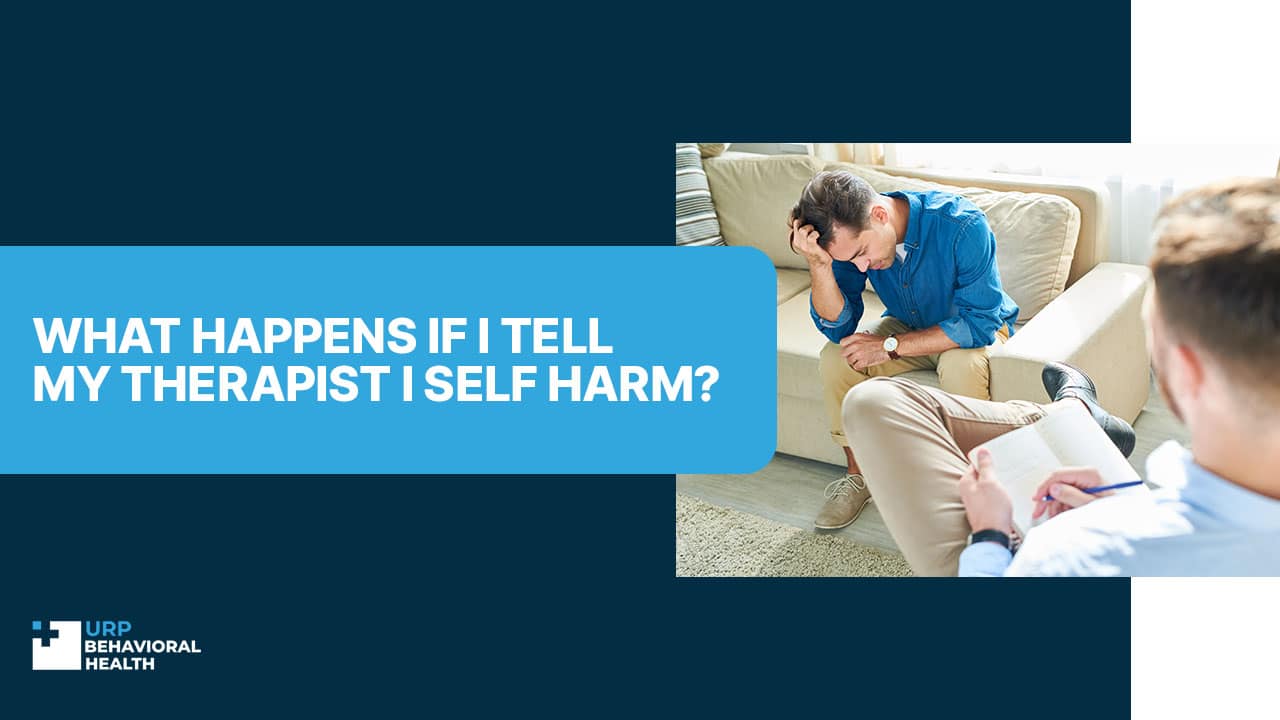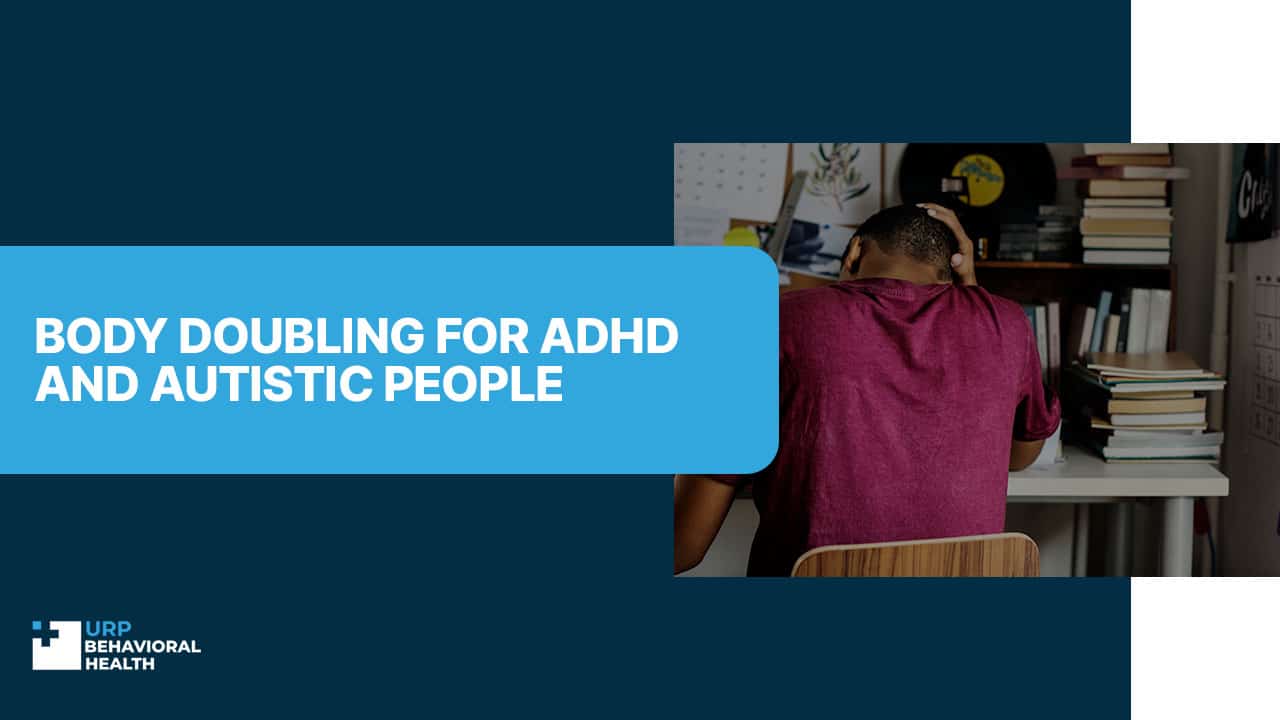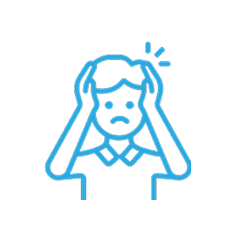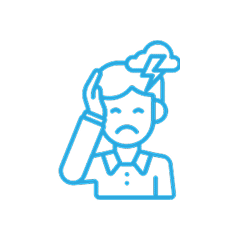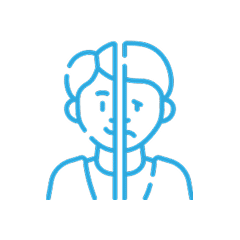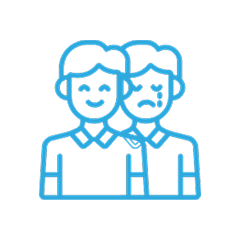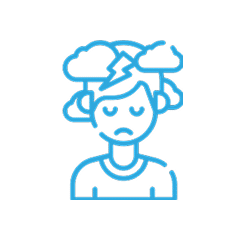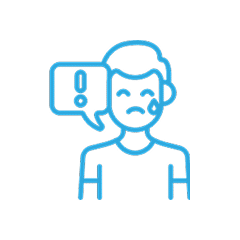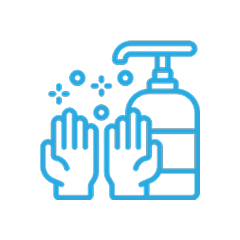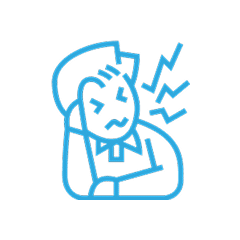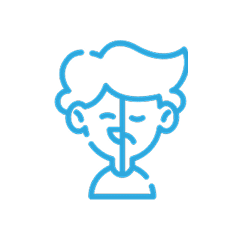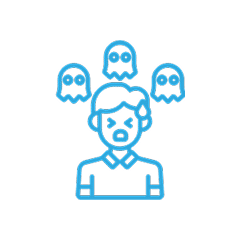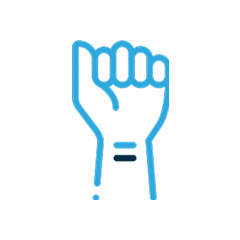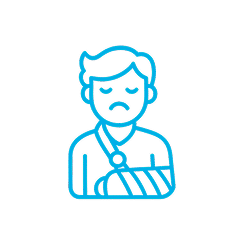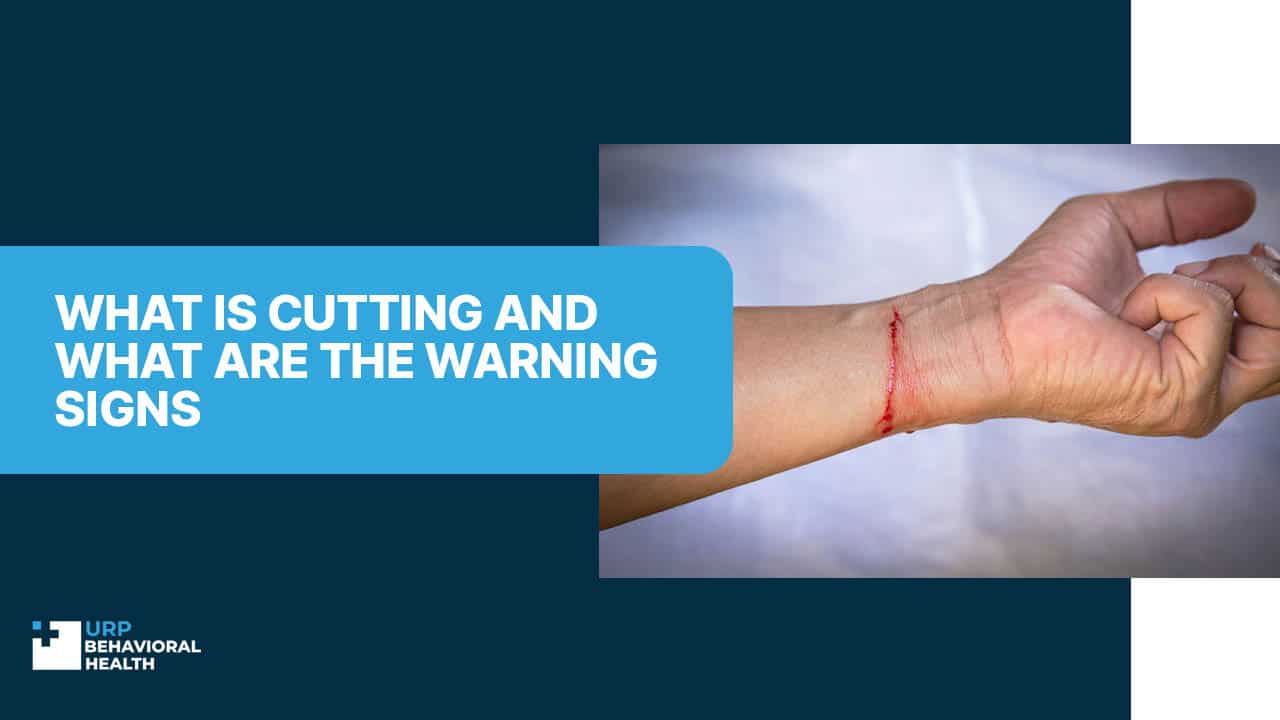
What Is Cutting and What Are the Warning Signs
Sometimes, people may find their emotional state too overpowering to bear, turning to maladaptive coping skills like cutting. Signs of this complex condition can be tough to spot, but it’s vital to learn the symptoms of cutters to timely identify them and help a person break free from a long-term cycle of self-harm behavior. Read on to educate yourself on the cutting concept: from comprehensive term explanation to actionable cutting treatments.
Cutting Addiction: What It Is and Why It Happens
Cutting addiction is a type of non-suicidal self-defeating behavior, which manifests in an intense craving to cut oneself to ease emotional tension, pain, apprehension, etc. People do this to reboot their nervous system and let negative emotions go briefly. They may feel a kind of relief or fulfillment following this act, but eventually, it may be challenging to terminate [1].
Cutting happens repeatedly and is often followed by feelings of shame and guilt, making people conceal signs they are secretly cutting themselves to be perceived more favorably by others. Without professional help, they may get stuck in an iterative behavioral pattern that is so malicious to their emotional and physical health and face adverse social consequences.
Contact our admissions team now to begin your path toward a brighter future.
Cutting vs. Self-Harm: Understanding the Key Differences
The cutter psychological disorder and self-harm have much in common. In fact, cutting is a form of self-injury, alongside scratching, infecting, hitting, bruising oneself, pulling out one’s hair, embedding objects in the skin, and more [2]. When a person becomes reliant on these hazardous methods to handle emotional distress, they can’t focus on learning healthier coping skills.
The difference between these two terms lies in how cutting is manifested: people deliberately use sharp items (knives, scissors, or razors) to cut their skin without intending to commit suicide [3]. Self-harm encompasses a broader scope of self-destructive demeanors. Both these mental health conditions are paired with a low sense of self-worth and acute hopelessness.
Warning Signs and Symptoms of Cutting Addiction
Physical signs of cutting are visible, but they may be tricky to identify. People may cut themselves in the places that are usually covered by clothing: their waistline, thighs, creases of their legs, and upper arms [4]. However, a meticulous observer can notice these indicative signs:
- Inexplicable cuts;
- Unreasonable scars;
- Carrying of sharp objects;
- Regular “occasional” injury complaints;
- Emotional fluctuations;
- Depressive symptoms (low self-worth, helplessness, despair);
- Relationship disturbances;
- Long-sleeve clothing even during scorching heat;
- Troubles with daily functioning;
- Inability to maintain stable relationships
- Fresh cuts or wounds.
Since people strive to keep cutting in secret, this may lead to loneliness and isolation. A holistic mental health therapy approach can help address cutting disease disorder and learn better ways to manage profound emotions [5].
How to Tell if Someone Is Cutting Themselves
Signs that someone is cutting themselves encompass emotional, behavioral, and physical aspects. The most evident indicator is wearing long pants and sleeves when it’s hot, bandages, fresh scratches and wounds, or numerous scars. A person may struggle to explain their origin distinctly or may seem to hide the truth [4].
Visual markers are often accompanied by emotional withdrawal, pain, or sadness, which may imply a person is struggling with a cutting addiction. Try to cautiously clarify the situation, offer your support, and encourage an individual to seek help from a mental health professional.
Reach out today and let us create a treatment plan designed around your needs.
What Causes Cutting Addiction? Exploring the Root Triggers
When is the tipping point people start intentionally injuring themselves? Signs of someone cutting themselves can appear due to different reasons:
- Overpowering rage, guilt, or sadness. People having problems with emotional regulation can adhere to cutting to handle their profound negative emotions and escape distress [6].
- Extant emotional trauma. Self-harm demeanors are often related to family difficulties, domestic violence, and physical, sexual, and emotional abuse. A stable, warm, and compassionate family environment can help prevent cutting [7].
- Way to express hard emotions to others. People who lack understanding of how to convey their genuine needs and feelings to others can use maladaptive strategies like cutting.
- Neglected clinical conditions. People with untreated mental health disorders such as anxiety, depression, borderline personality disorder, and post-traumatic stress disorder are at a heightened risk of developing cutting addiction.
- Apparent faults that “need” self-punishment. People who are excessively critical of themselves can try cutting to regulate emotional flow in stressful circumstances [8].
- For a sense of control over life circumstances. Cutting may be perceived as an efficient means to deal with unexpected circumstances that create a deficit of control;
- To replace emotional numbness with physical pain. If some emotion is too overwhelming to process, a psyche may apply self-defense mechanisms to block it. However, craving to release this emotion from the subconscious, a person may implement cutting.
A person may have cuts from depression, extreme apprehension, and post-traumatic stress disorder: when the condition deepens, they may feel the urge to self-harm more frequently and intensely to get relief. However, the harmful act only exacerbates the underlying issues.
Treatment Options for Cutting Addiction
Mental health experts usually offer a blend of individual psychotherapy, medications, and self-help strategies to treat the cutting addiction. Remarkably, more women tend to seek treatment than men [9]. Each patient case is unique, making it crucial to find a mental health professional who will develop a customized treatment plan based on individual needs.
How can treatment options help with cutting?
- Individual psychotherapy: explores the causes of self-injurious behaviors and supports people in maintaining their progress;
- Group therapy: fosters a sense of community, helps develop skills to build healthy relationships;
- Medications: help manage ongoing mental health conditions and racing thoughts;
- Mindfulness practices: encourage overall well-being and let express emotions more sustainably;
- Journals: help gain insight into destructive thoughts and behaviors and retrieve self-control.
Cutting is highly health-threatening and may interfere with daily living. Professional intervention can help individuals get out of a self-destructive cycle and prevent long-term complications.
We’ll help you understand your options and guide you toward care.
Resources
- David Klonsky. The functions of self-injury in young adults who cut themselves: clarifying the evidence for affect regulation. Psychiatry Res. 2009 Mar 10; 166 (2-3): 260–268. Link: https://pmc.ncbi.nlm.nih.gov/articles/PMC2723954/. Access date: July 12, 2025.
- Florida State University. Mental Health Information for Parents from FSUS. Self-Harm and Cutting Fact Sheet. Link: https://annescollege.fsu.edu/sites/g/files/upcbnu4516/files/2024-09/Self-Harm%20and%20Cutting%20Fact%20Sheet.pdf. Access date: July 12, 2025.
- Randi Tofthagen et al. Men who self-harm—A scoping review of a complex phenomenon. 21 December 2021. Link: https://onlinelibrary.wiley.com/doi/10.1111/jan.15132. Access date: July 12, 2025.
- Kathryn Jane Gardner et al. The significance of site of cut in self-harm in young people. Journal of Affective Disorders 266 (220): 603–609. Link: https://www.rcpsych.ac.uk/docs/default-source/improving-care/nccmh/suicide-prevention/self-harm/the-significance-of-site-of-cut-in-self-harm-in-young-people—2020.pdf?sfvrsn=cb0a46d1_2. Access date: July 12, 2025.
- Maya Wilde. Brigham Young University. Understanding and Working Through Self-Harm. Link: https://scholarsarchive.byu.edu/cgi/viewcontent.cgi?article=1381&context=studentpub. Access date: July 12, 2025.
- American Psychological Association. July/August 2015, Vol 46, No. 7. Link: https://www.apa.org/monitor/2015/07-08/who-self-injures. Access date: July 12, 2025.
- Ellen Townsend et al. Life problems in children and adolescents who self-harm: findings from the multicentre study of self-harm in England. 18 January 2022. Link: https://acamh.onlinelibrary.wiley.com/doi/full/10.1111/camh.12544. Access date: July 12, 2025.
- Tiffany B. Brown. Thomas Kimball. Cutting to Live: A Phenomenology of Self-Harm. April 2013. Journal of Marital and Family Therapy 39 (2). Link: https://www.researchgate.net/publication/264471030_Cutting_to_Live_A_Phenomenology_of_Self-Harm. Access date: July 12, 2025.
- Julio A. Camacho Ruiz et al. Patterns and Challenges in Help-Seeking for Addiction among Men: A Systematic Review. Journal of Clinical Medicine (JCM). October 2024. Link: https://www.researchgate.net/publication/384896891_Patterns_and_Challenges_in_Help-Seeking_for_Addiction_among_Men_A_Systematic_Review. Access date: July 12, 2025.

